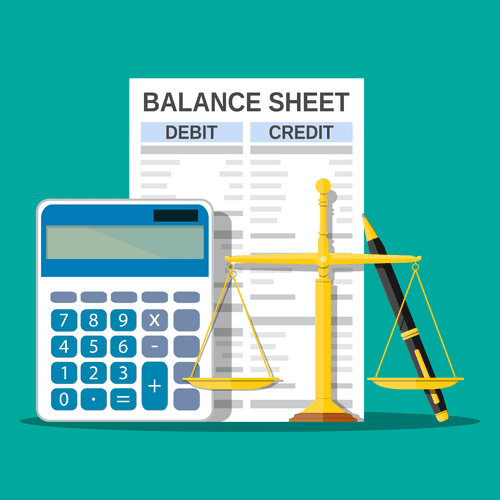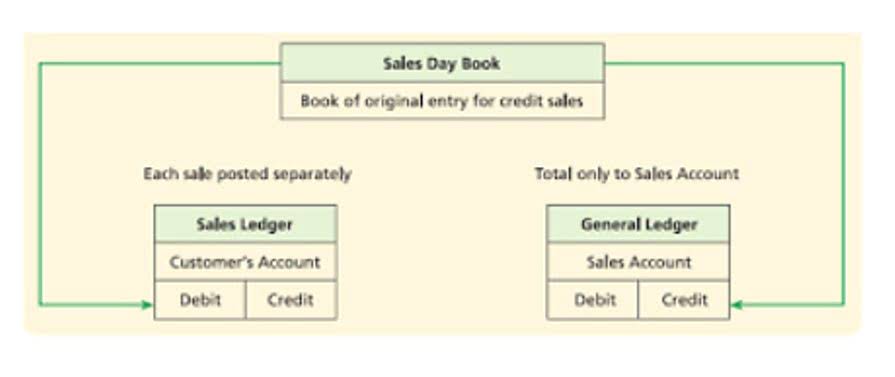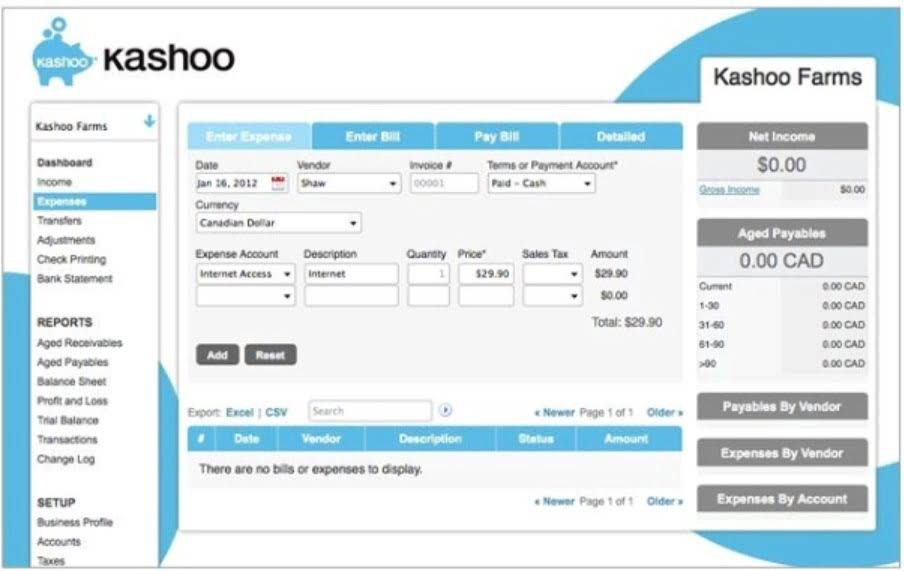
However, it can be complex to calculate, relies on estimates, and may lead to frequent adjustments due to market fluctuations. This helps businesses determine the net amount they can expect to receive from selling an asset after accounting for any additional costs involved in the sale. Therefore, any time you incur a cost or receive a benefit on a particular project, you have a cash flow.
- Sometimes, salvage value is just what the company believes it can get by selling broken or old parts of something that’s not working anymore.
- Companies determine the estimated after tax salvage value for anything valuable they plan to write off as losing value (depreciation) over time.
- If a company wants to front load depreciation expenses, it can use an accelerated depreciation method that deducts more depreciation expenses upfront.
- This software has an initial value of $10,000 and a useful life of five years.
- Liquidation value is the total worth of a company’s physical assets if it were to go out of business and the assets sold.
Choose a depreciation method
NPV is often preferred for capital budgeting because it gives a direct measure of added value, while ROI is useful for comparing the efficiency of multiple investments. A positive NPV indicates that the projected earnings from an investment exceed the anticipated costs, representing a profitable venture. A lower or negative NPV suggests that the expected costs outweigh the earnings, signaling potential financial losses. Therefore, when evaluating investment opportunities, a higher NPV is a favorable indicator, aligning with the goal of maximizing profitability and creating long-term value. NPV is the result of calculations that find the current value of a future stream of payments using the proper discount rate. In general, projects with a positive NPV are worth undertaking, while those with a negative NPV are not.

What Is the Loss for Tax Value?
An investor can perform this calculation easily with a spreadsheet or calculator. To illustrate the concept, the first five payments are displayed in the table below. The salvage value is used to determine annual depreciation in the accounting records, and the salvage value is used to calculate depreciation expense on the tax return. The formula to calculate the annual depreciation is the remaining book value of the fixed asset recorded on the balance sheet divided by the useful life assumption. The depreciation expense reduces the carrying value of a fixed asset (PP&E) recorded on a company’s balance sheet based on its useful life and salvage value assumption. Most businesses opt for the straight-line method, which recognizes a uniform depreciation expense over the asset’s useful life.
- Otherwise, you’d be “double-dipping” on your tax deductions, according to the IRS.
- Several factors can influence residual value estimation, including the asset’s condition, technological advancements, market demand, and the expected useful life.
- It allows for a more fluid and market-oriented approach to sizing up an asset’s potential worth in the open market.
- The Ascent is a Motley Fool service that rates and reviews essential products for your everyday money matters.
- While residual value is pre-determined and based on MSRP, the resale value of a car can change based on market conditions.
NPV vs. Internal Rate of Return (IRR)
Value investors look at the difference between a company’s market capitalization and its going-concern value to determine whether the company’s stock is currently a good buy. Salvage value can sometimes be merely a best-guess estimate, or it may be specifically determined by a tax or regulatory agency, such as the Internal Revenue Service (IRS). The salvage value is used to calculate year-to-year depreciation amounts on tangible assets and the corresponding tax deductions that a company is allowed to take for the depreciation of such assets. The third decision rule is for the situation of continuous regular payments that are variable in amount.
- This textbook assumes the cost of capital in calculations is compounded annually unless otherwise specified.
- It’s important to note that this method assumes a linear depreciation pattern and may not accurately capture potential asset value variations.
- The after tax salvage value online calculator provides us the after-tax value of the salvage of the asset.
- However, since the value of an asset decreases or depreciates over time, you cannot expect its salvage price to be the same as its initial cost.
- It is important to note that salvage value is an estimation and may not always reflect the actual value realized upon asset disposal.
- As a result, projects or investments become less attractive because their potential profitability appears diminished when evaluated against a higher required rate of return.
Net realizable value is an essential tool in accounting, ensuring that asset values are reported accurately and conservatively. By incorporating NRV, businesses can maintain compliance with accounting standards, make informed decisions, and provide stakeholders with a realistic view of their financial health. Despite its advantages, calculating NRV can be complex and time-consuming, requiring precise estimates and regular adjustments due to market fluctuations. Once determined, divide the total depreciation expense by the coinciding useful life assumption to arrive at the annual depreciation expense, which will be periodically recognized on the income statement. Regardless of the method used, the first step to calculating depreciation is subtracting an asset’s salvage value from its initial cost.
How to Calculate Net Present Value (NPV) in Excel
The real cash outflow occurred earlier on the original date of the capital expenditure (Capex). The scrap value of an asset can be negative if the cost of disposing of the asset results in a net cash outflow that is a contributing factor in the scrap value. From our modeling tutorial, our hypothetical scenario shows the method by which depreciation, PP&E, and Capex net salvage value formula can be forecasted, and illustrates just how intertwined the three metrics ultimately are. Returning to the “PP&E, net” line item, the formula is the prior year’s PP&E balance, less Capex, and less depreciation. Once repeated for all five years, the “Total Depreciation” line item sums up the depreciation amount for the current year and all previous periods to date.

Straight Line Depreciation Calculator

